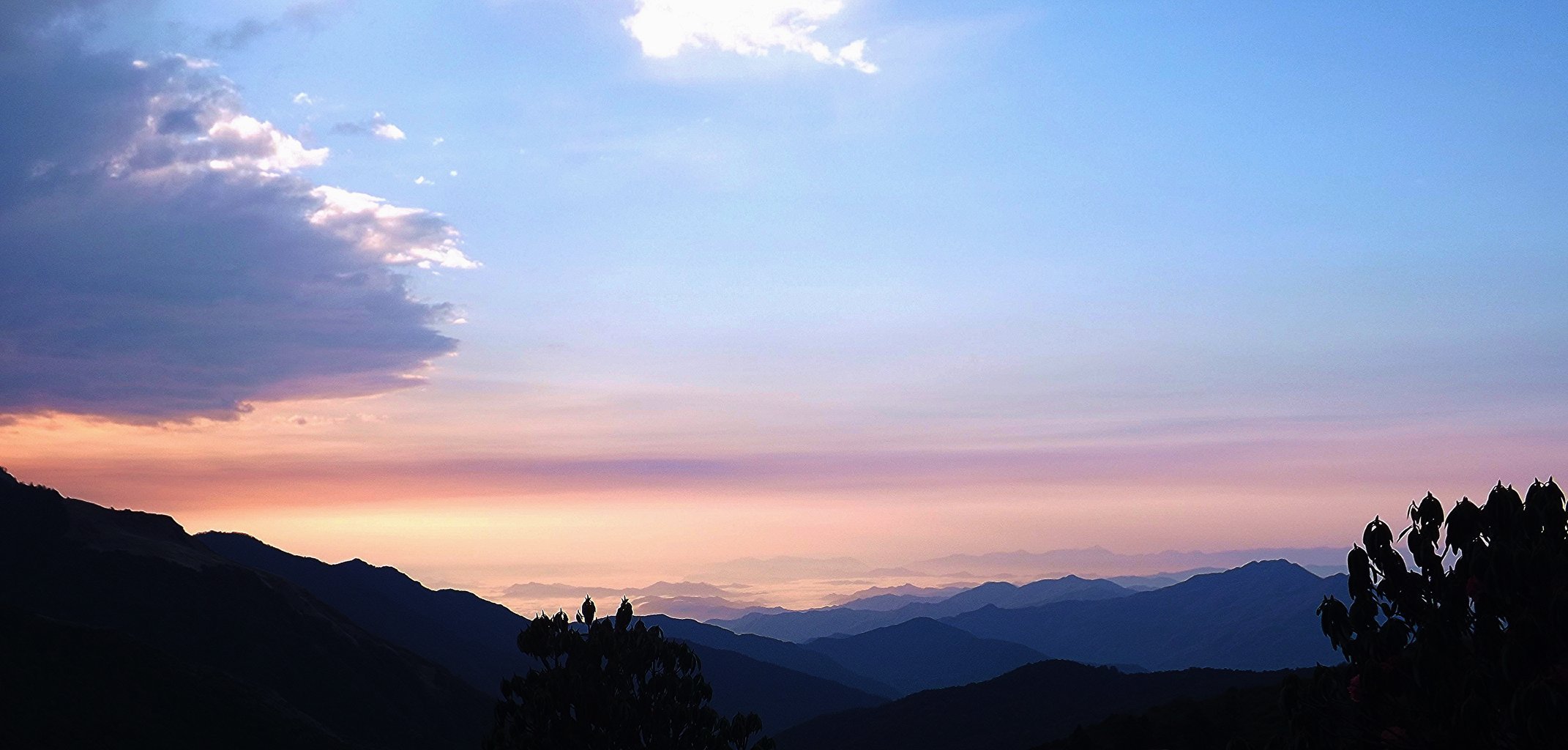
Nepal is real
Nepal: An Overview of History, Culture, Geography, People, and Economy
Situated in central Asia, Nepal occupies the southern slopes of the Himalayas. This landlocked nation shares borders with India to the east, south, and west, and China's Tibet Autonomous Region to the north. Covering around 500 miles from east to west and 90 to 150 miles from north to south, Nepal boasts a diverse landscape. Its capital, Kathmandu, serves as a cultural and historical centre.
Historical Evolution: From Isolation to Transformation
In the past, Nepal's rulers isolated the country from the world, but a palace revolt in 1950 ended this isolation. Nepal joined the global community by becoming a United Nations member in 1955. A significant shift occurred in 1991, when Nepal adopted a multiparty parliamentary system, marking the beginning of inclusive governance. Challenges emerged, including the Maoist insurgency from 1996 to 2006, causing considerable social disruption and over 10,000 casualties.
In 2006, a popular uprising against the monarchy led to political reforms, curtailing the king's powers. The Maoists transitioned to peaceful political participation, and Nepal transformed into a secular nation. The Comprehensive Peace Accord (CPA) was signed, outlining societal transformation. The United Nations Mission in Nepal (UNMIN) facilitated this transition.
Navigating Geopolitics: Balancing India and China
Nepal strategically manages its foreign policy between neighbouring giants India and China. Its unique geographical location, guarding the entrance to the Gangetic plain, bestows Nepal with geopolitical importance. This positioning contributes to Nepal's role in the regional geopolitical landscape.
Diverse Landscape: Mountains to Plains
Nepal's geography features the Himalayas in the north and fertile valleys and plains in the south. From Mount Everest to the Terai region, Nepal's landscape offers diverse natural attractions, appealing to adventure enthusiasts and nature lovers. Mother nature is unforgiving in Nepal. Monsoons, avalanches, landslides, and earthquakes are common occurences, and the people of Nepal remain resilient in the face of these challenges (considerations being made in their construction methods, approach to tourism e.t.c.).
People and Economy: Diversity and Development
With a population of around 30 million, Nepal's diverse population includes various ethnicities and cultures. The main religions followed in Nepal are Hinduism, Buddhism, Islam, Kirat, and Christianity. Each of these religions brings its own practices and festivals, creating a rich tapestry of diversity. Women make up 53.91% of the population, emphasizing Nepal's commitment to gender equality. The economy thrives on agriculture, tourism, and remittances. The Himalayas attract tourists, while agriculture sustains communities. Remittances from abroad bolster Nepal's economy.

Children's Situation in Nepal
UNICEF reports a young demographic structure, with 40% of the population under 18 years old. Investing in children is crucial for Nepal's development goals. Despite overall poverty reduction, many children lack basic needs. Nepal ranks as the third poorest among 58 Asian countries in terms of human development. Disparities persist based on factors such as wealth, region, language, caste, ethnicity, gender, and more.
Achievements and Progress
Nepal has achieved many Millennium Development Goals over the past two decades, including lowered infant and under-five mortality rates, improved maternal health, enhanced nutrition, increased enrolment in education, and initiatives to address child poverty and malnutrition. However, challenges remain in ensuring equitable access to resources and achieving broader children's rights.
In Summary
Nepal's history, culture, geography, people, and economy collectively form a vibrant tapestry. Its journey from isolation to transformation, delicate geopolitical balancing act, diverse landscapes, and commitment to children's well-being underscore its unique character and aspirations for sustainable development.



